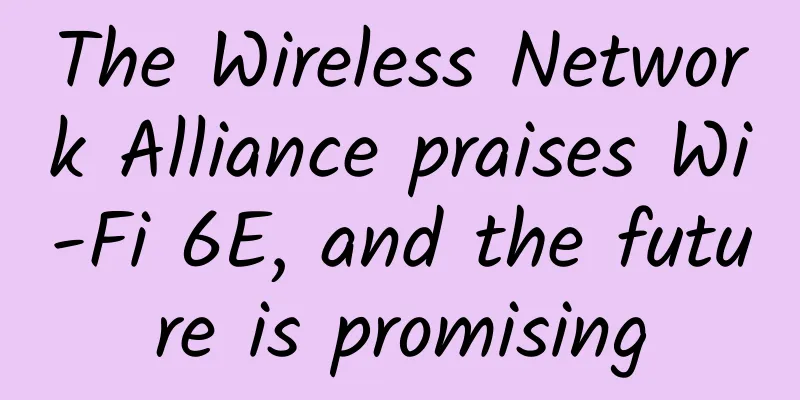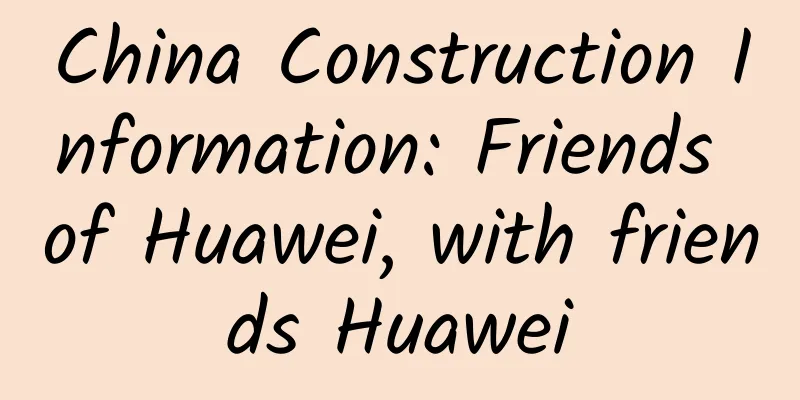China Mobile's TD-SCDMA network withdrawal begins: Fujian has taken the lead

|
Recently, the Fuzhou Radio Management Bureau sent a letter to Fuzhou Mobile, saying, "We have received your report on the application for cancellation of TD-SCDMA base stations. After research, we agree to cancel 6,535 TD-SCDMA base stations that your company has stopped using, seal up the TD-SCDMA base station data in the database, and revoke the originally issued radio station license." This means that Fuzhou Mobile's TD-SCDMA base stations have officially been decommissioned. In fact, as early as 2016, the Communication People's Forum broke the news about China Mobile's TDS shutdown plan in a certain province. Last year, the TDS network signal became worse and worse, and the news of TDS withdrawal from the network continued to appear. The "5G Terminal Product Guidelines" released by China Mobile last year showed that China Mobile no longer requires terminals to support TD-SCDMA in all mode frequency bands. In the future, 5G terminals only need to support NR/TD-LTE/LTE FDD/WCDMA/GSM. According to China Mobile's 5G network commercialization plan, friendly user testing will be carried out in 2019 and commercial use will be officially launched in 2020. This also means that China Mobile may withdraw all 3G networks before 2020. Clearing the frequency and withdrawing from the network has become the general trend of the industry Looking at the global telecom operator market, the withdrawal of 2G and 3G networks is not new. On the one hand, the increasingly complete 4G network coverage can meet users' needs for communication and Internet access anytime and anywhere; On the other hand, 4G has incomparable advantages over 2G and 3G, especially in its ability to meet users' needs for network transmission when using high-bandwidth applications. More importantly, network decommissioning, frequency clearing, and spectrum re-farming can allow operators to have more abundant spectrum resources to support the development of new networks. With 5G approaching, operators have an even more urgent need for spectrum, and decommissioning 2G and 3G networks in exchange for spectrum resources has become an important task for operators. As early as 2008, Japan's KDDI had already withdrawn its 2G network, and operators in South Korea, New Zealand, Thailand, Canada, Australia and other countries have since withdrawn their 2G networks. In recent years, large operators such as Telstra and Verizon, whose networks cover Australia and North America, have also begun withdrawing their 2G networks. Telstra withdrew its 2G network in 2016, and Verizon will withdraw its 2G network in 2019. In China, the three major operators have also conducted research and planning for the withdrawal of 2G and 3G networks. On the Communication People's Forum, netizens have repeatedly revealed that the provincial branches of operators are currently reducing the frequency of 2G base stations, withdrawing services and replacing phones. TD-SCDMA has completed its historical mission and it is only a matter of time before it is decommissioned At present, China Mobile has built a high-quality 4G network facing the world, which can meet the needs of users across the country. Especially after the commercialization of VoLTE, China Mobile's 4G network can already meet users' needs for Internet access and voice. Even if the signal is not good, there is a 2G network covering the whole country to support it. From the market perspective, TD-SCDMA is no longer worth using. From the perspective of technological evolution, TD-SCDMA has played a role in helping my country's communications industry grow bigger and stronger. Industry experts believe that China Mobile's move is very wise. Although the demand for voice has been declining in recent years, voice services are still in high demand. As the 2G network has become a global 2G premium network with significantly better coverage than 3G and 4G, the service experience of users can be guaranteed by extending the life of the 2G premium network. At the same time, 2G also carries a large number of IoT applications. Retaining 2G and 3G network withdrawal and frequency clearance can not only meet the needs of voice and IoT, but also provide more frequency band options for 4G and even 5G, allowing 4G and 5G to provide users with better network coverage experience. There is no doubt that with 5G about to be commercialized and the demand for spectrum increasing, it is only a matter of time before 3G is phased out. |
>>: TCP Things 1: TCP Protocol, Algorithm and Principle
Recommend
What is the difficulty in porting your number?
Number portability was once considered an importa...
The 5G era is coming soon. If you don’t answer these 10 questions, you will be left behind.
Ultra-fast "fifth-generation 5G" mobile...
FONE Consolidation: Reshaping the productivity of consolidated financial statements under the trend of business and financial integration
For large group companies, the preparation of con...
Digital-vm New Year 50% off, KVM VPS monthly payment starts from 2 US dollars, 8 computer rooms in the United States/Japan/Singapore
I haven't shared information about Digital-vm...
A brief history of Wi-Fi security protocols, from zero to WPA3
With the continuous development of WI-FI, we will...
2G/3G will be phased out soon, and NB-IoT will start to take over
With the upcoming decommissioning of 2G/3G networ...
Could 5G networks enable faster, cheaper food production?
In the ongoing quest to develop cheaper and more ...
Just look at these three pictures and you can understand the OTN layered structure
OTN (Optical Transport Network) is a hierarchical...
How long can the operators’ hard-earned V-shaped rebound last?
The latest data released by the Ministry of Indus...
What is the difference between Private 4G LTE and Private 5G?
Many enterprises are deploying private 4G LTE (sh...
edgeNAT newly launched US CUVIP 100M unlimited traffic VPS, 30% off for monthly payment and 40% off for annual payment
edgeNAT launched a new US CUVIP line VPS this mon...
The first half of the year for the three major operators ended: the number of 5G package users approached 500 million and the penetration rate exceeded 30%
[[412357]] Yesterday, the three major operators r...
Why TCP will not be replaced
The reasons for "complaining" about TCP...
Report: Global Private 5G Networks Will Take Enterprises to the Next Level!
A recent analysis by Frost & Sullivan shows ...









